It’s not uncommon for most hams, at some point in their radio lives, to find themselves unable to erect an outdoor antenna. Most of us have neighbours who often seem increasingly intolerant of anything remotely out of the ordinary, and/or we may not have the space, anyway.
We had to move away last year from a QTH that we’d occupied for 13 years. It was a good place for radio, but not so good for family life, being distant from where most of us wanted to be.
So, temporarily finding ourselves in a less-than-ideal home radio location, I’ve sought to use magnetic loops. To be honest, so little interest do I have in our current property that I can’t be bothered even to begin setting up a loop outdoors. So I’ve hung a loop I alread had from the garage ceiling!
I realised many years ago, through experiments with loops in my timber decked, flat-roofed kitchen extension, that 60m and 30m radiation, particularly, travels well through that material with little loss.
Sure, the block walls and so on add to the overall performance degradation, but it’s not remotely as bad as we might imagine.
I’ve been running the loop, which is a square, 15mm copper pipe construction, about 1 metre on a side, at 10MHz WSPR for some time now. The results are surprisingly good; one day last week, my 5W signal got to Hawai’i at a healthy -17dB.
Now, 5W seems like a lot of power for WSPR. But we have to be realistic and make sure that a reasonable amount of power leaves the garage innards; it is, after all, surrounded by block walls, a large metal door, and all manner of disassembled antennas, waiting for better radio days ahead.
How well, then, would 5W from this indoor loop compare with 200mW sent from a tried-and-tested, elevated 1/4 wave vertical with two elevated radials, set-up at the local lakeside?
The lakeside location has much better ground conditions than practically all other antennas operating out there. In previous tests, the direction facing the water gave up to 10dB enhancement over an indentical antenna based on a low hill with a view of the sea, but not at the water’s edge. Typically, we can expect something around a 4-8dB benefit from fresh water locations.
Because of this good location, and the need to operate the antenna in the field on USB power, 200mW was considered a good power level to send. The data I present is from around 2.5 days, or 60 hours’ worth of operation.
Using the analysis tools of SOTABeams’ DXPlorer, we can first compare the raw graph of geographical reach of the two antennas. MW6PYS is the vertical, MW1CFN the magloop:
By eye, we can already see that the two antennas are reaching very similar distances - remembering, of course, that we are using 14dB more power into the indor magloop to achieve this near-parity. The figures on the top left give a mean 16.4% (of the maximum distance attainable between two points on Earth) for the vertical, whilst the magloop comes in quite closely behind at 14.5%. In terms of maximums, the vertical gets 41.1% of the way round the planet, whilst the magloop managed 36.8% - again, not much of a difference.
This is what the physical reality of those lines looks like in terms of actual spots:
Most WSPR analysis you read stops there. But it’s not enough. Let’s look at how simultaneous spots - across all distances - compare:
It’s quite rare to see such a distribution in antenna comparisons. There are huge differences to some stations, both in the positive and negative directions, likely showing large differences in overall radiation pattern between the antennas.
The vertical comes in 2.8dB, in round terms, behind the magloop. Recalling we’re putting 14dB more power into the loop, and taking 2.8dB away from that, we get an absolute figure for the vertical of being 11.2dB stronger than the loop across all distances.
Even this plot hides important information, so let’s look at the performance beyond 5020km, or DX distances:
We now find the vertical come in at only 1.1dB behind the magloop, or an absolute difference of 12.9dB on DX paths (i.e. 14dB - 1.1dB).
Now, these are substantial performance differences. But we must recall that, being situated at the lakeside, which is not a location available to anyone other than the luckiest of operators, the vertical is ‘cheating’, benefiting from at least 4dB, and probably more like 8dB on DX paths.
This means that the true, power-normalised difference between the antennas, if located on a typical, non-watery location, is anything between 8.9db to as low as 4.9dB. This overall point is well-illustrated by comparison of the lakeside vertical with other United Kingdom 10MHz stations:
 | |
| Comparison with G3OJI, showing the benefit of a watery ground. This result is typical across other UK beacons. |
What does all this mean? It means that an indoor magnetic loop antenna, even where it is surrounded by metal, can perform at a level where you will obtain perfectly reasonable, global coverage with digital modes, using modest powers of only a few Watts.
SSB might be another matter altogether, but CW and things like FT8 can bring you the DX goods. If people went back to using things like OLIVIA, JT65 and JT9, then the wonderful sensitivity of those would make an indoor magloop and even better proposition. Sadly, though, those modes have fallen out of favour where they were, just a few years ago, the default modes.
And whilst we're here, we may as well make full use of the valuable WSPR data by looking at how well my freshwater site compared to G0PKT, who is near the sea in the SE of England:
 |
| Freshwater (blue) vs. seawater (red). As we already know from my earlier experiments, the coast offers substantial 'free' gain. Both antennas are verticals. |
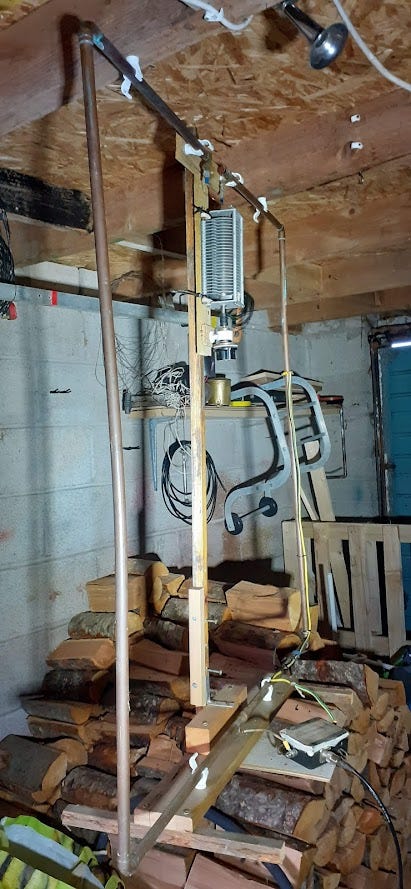

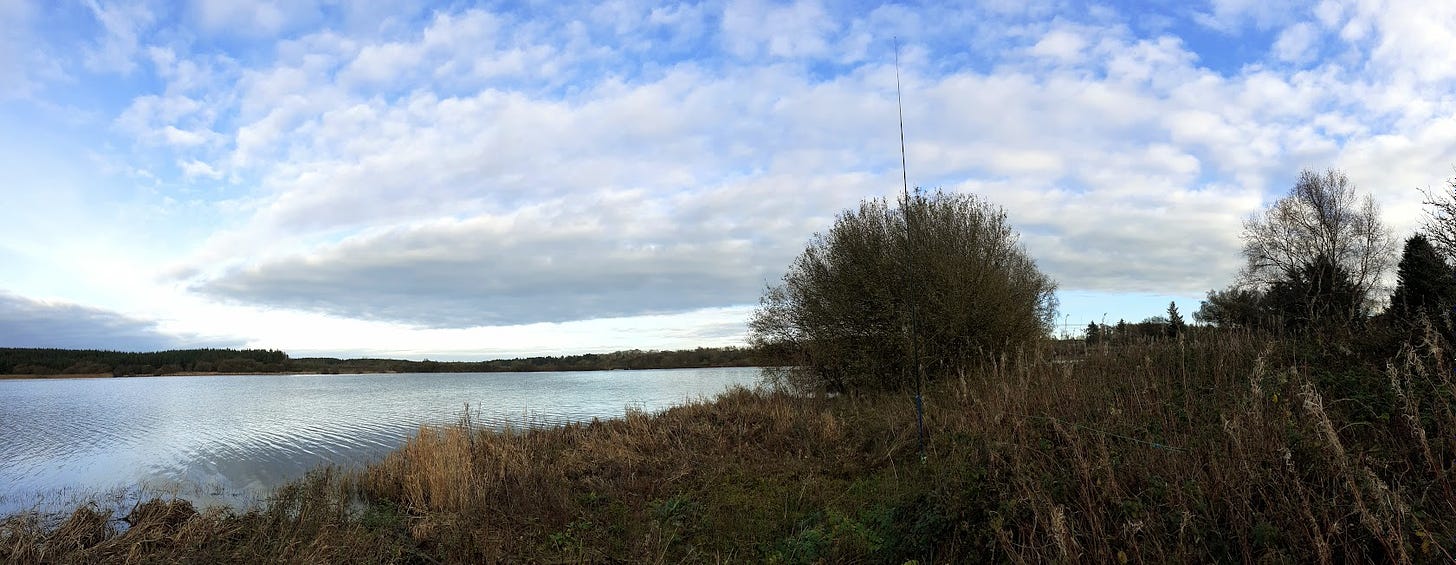
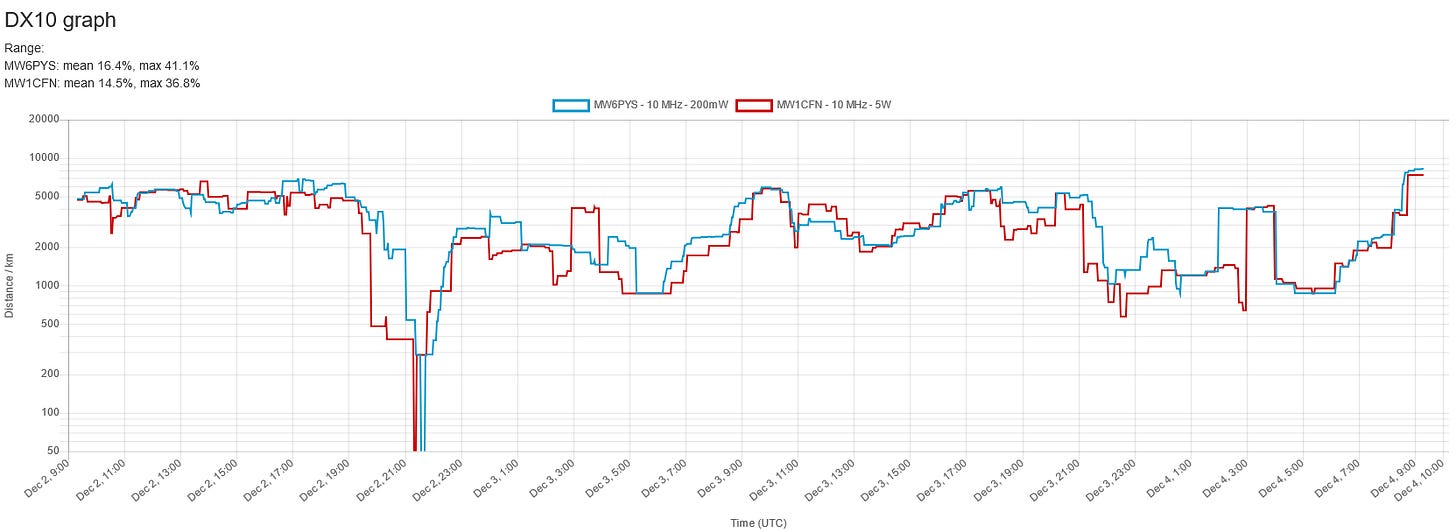

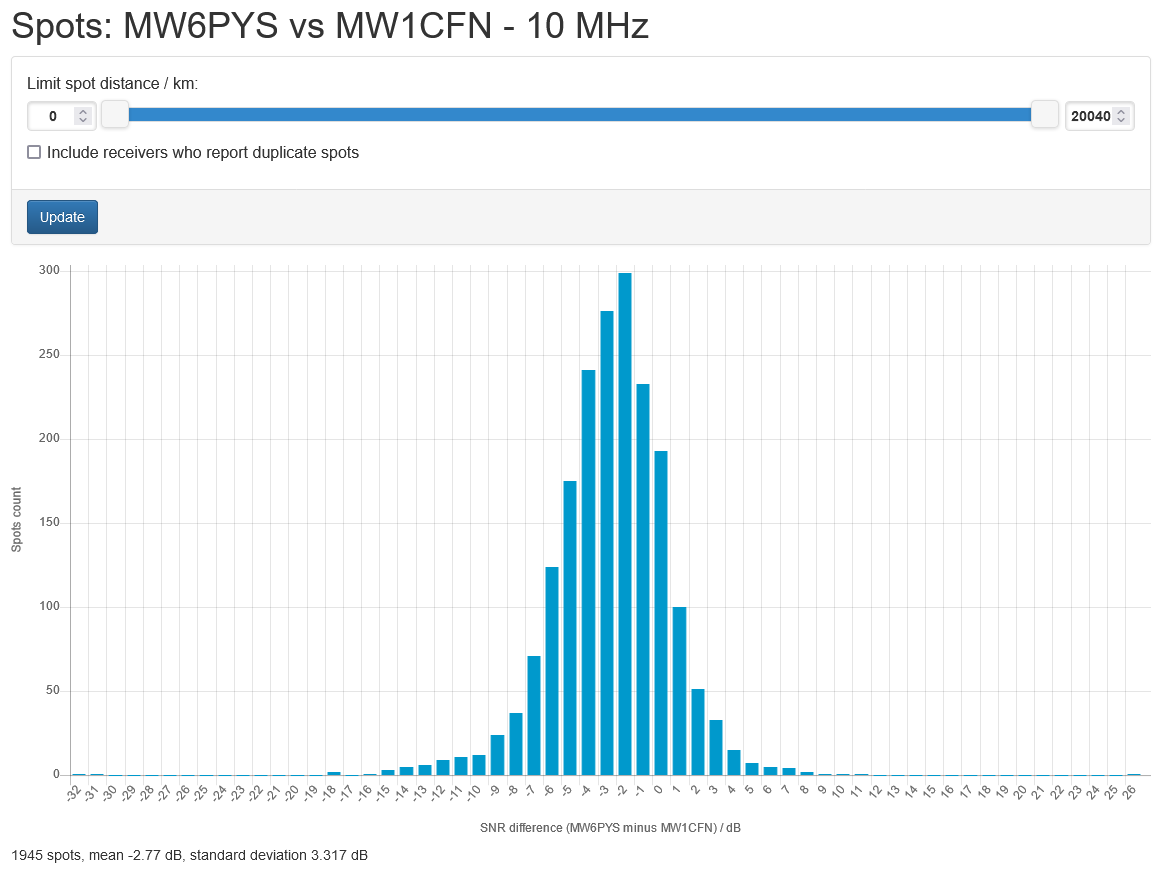
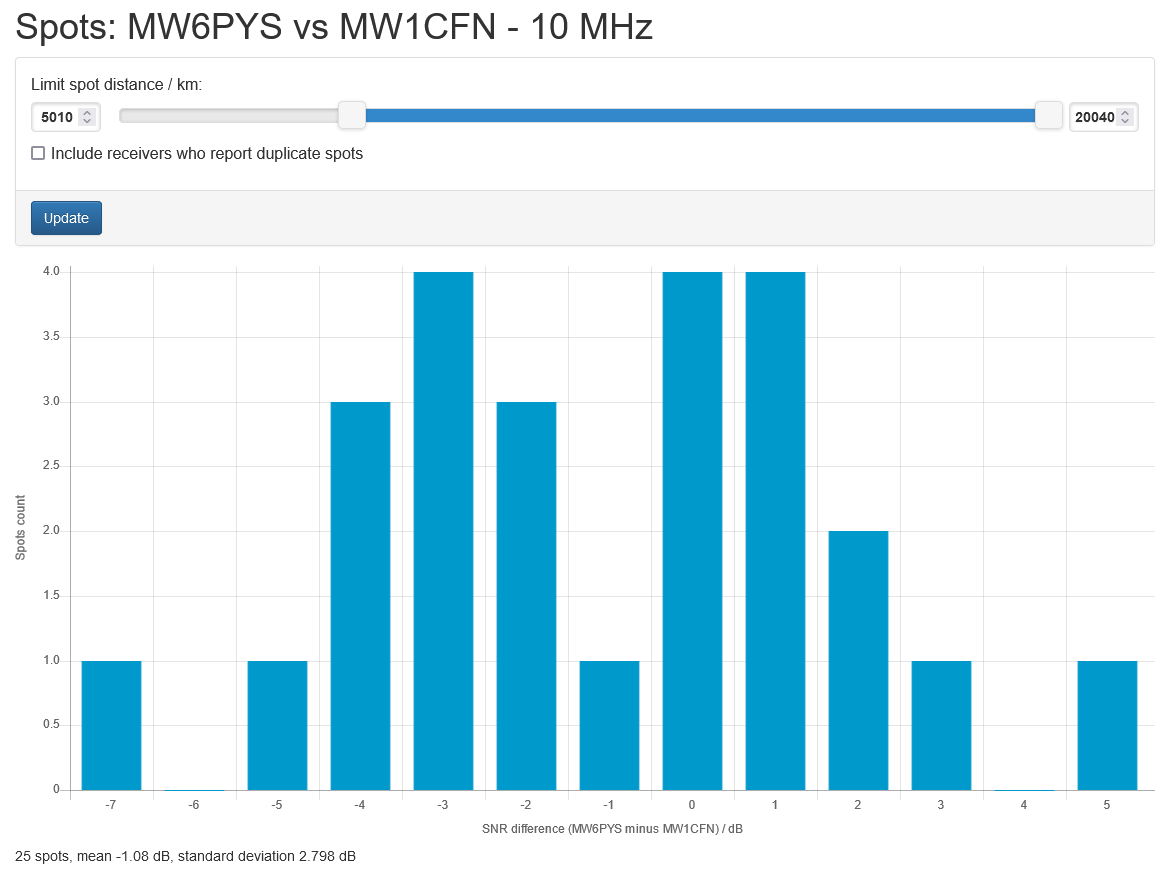
No comments:
Post a Comment